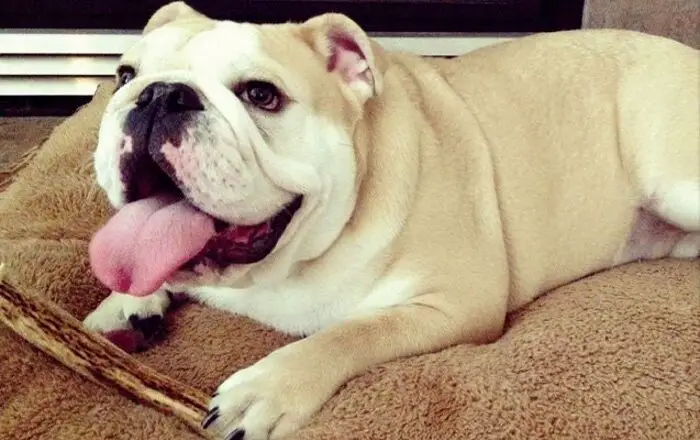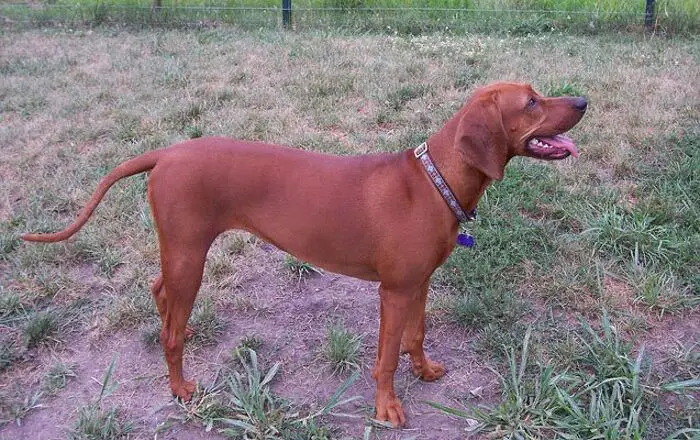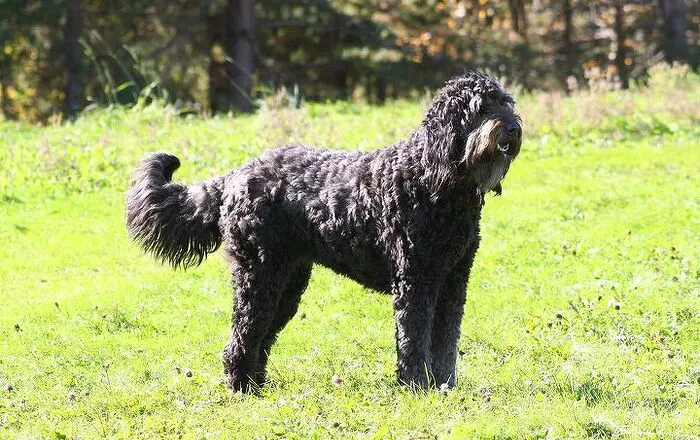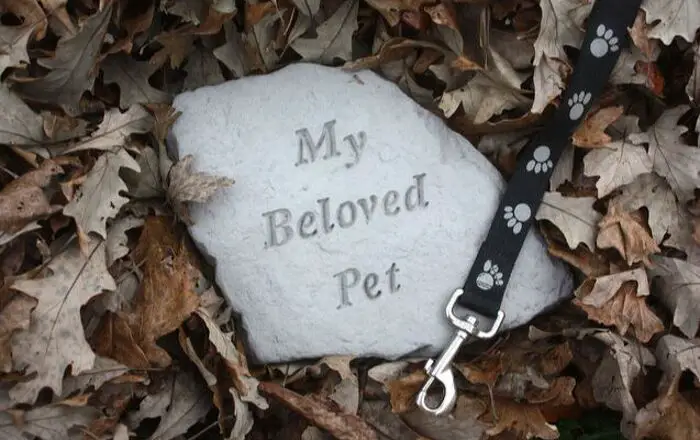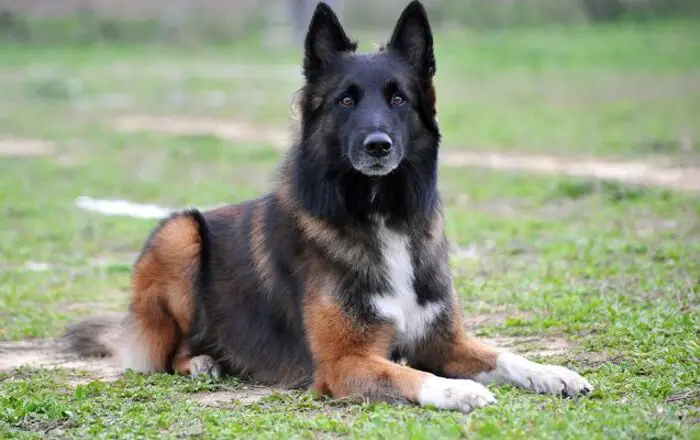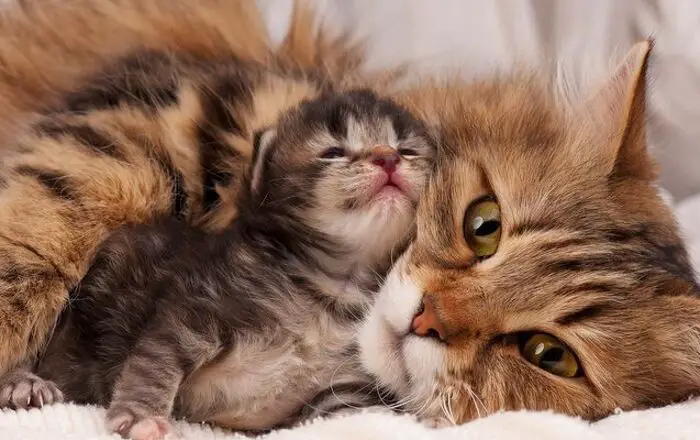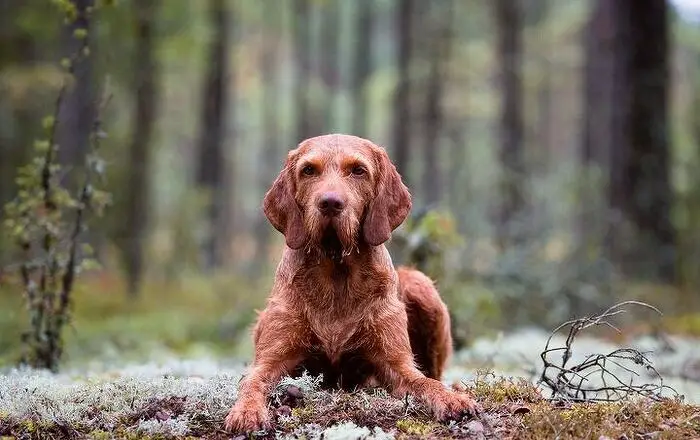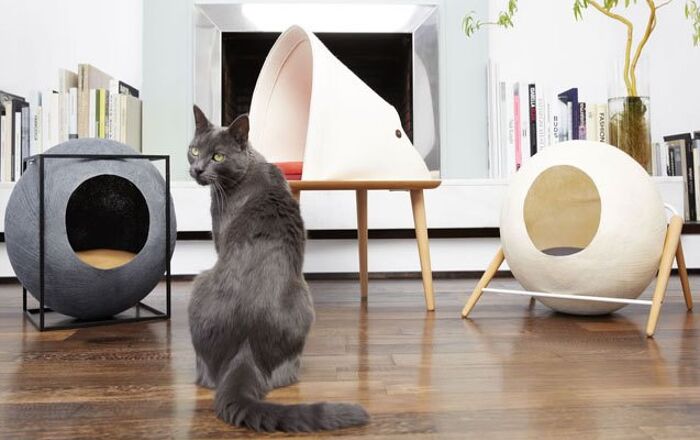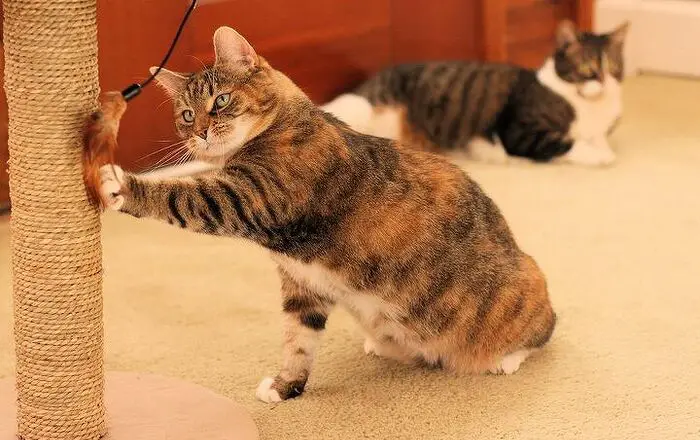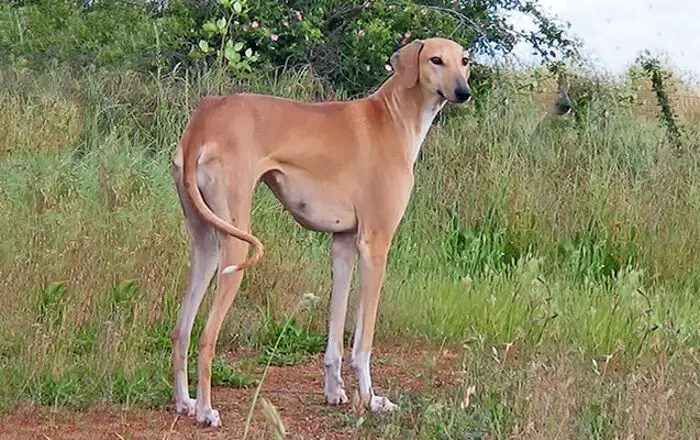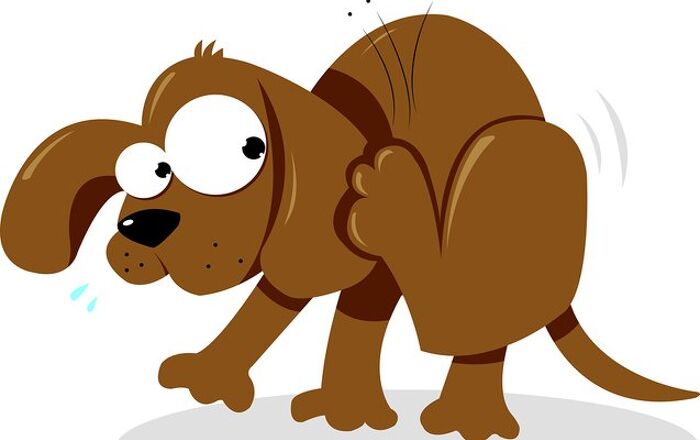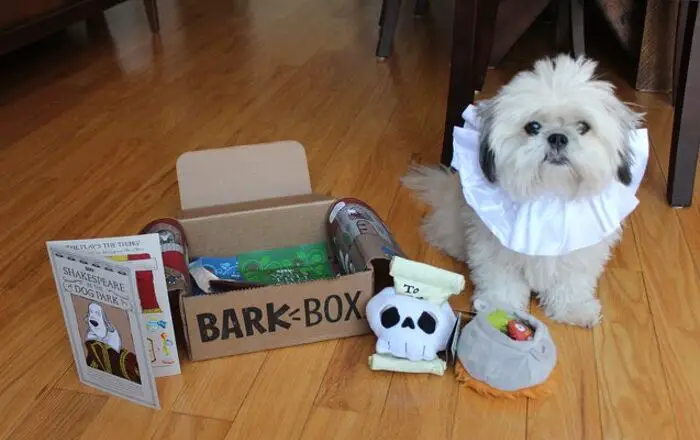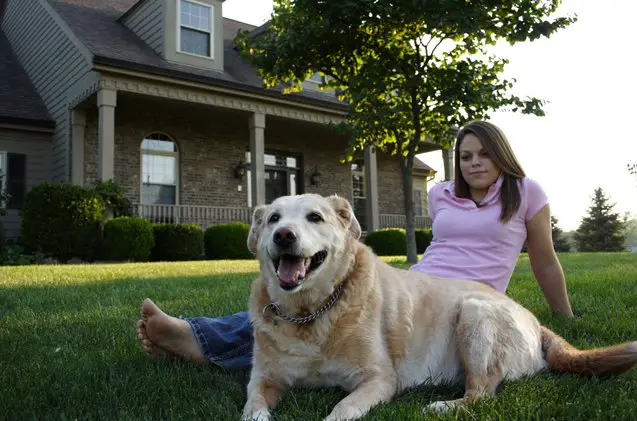
Bonding with your rescue dog is a special time for both of you – make the most of it!
While it’s important to bond with your dog, no matter how he came into your care, bonding with a rescue dog is especially vital. Dogs who come from shelters often had a bad start to life, so they’re less trusting of new people and can sometimes be anxious or scared when they transition to a new home. That doesn’t mean that your rescue pooch can’t be as wonderful, happy, and loving as any other dog, but it just means you might have to put in a little bit of extra time and effort to get there. Don’t worry, it’s nothing particularly taxing and if you didn’t want to spend time with your dog, you probably wouldn’t have brought him home.
It’s all about trying a few different approaches to get your pooch to relax, build trust, and eventually create a loving, unbreakable bond. The goal here is to show your rescue dog that you’re there to stay and that there’s nothing to be scared about by your side, and the bond will blossom from that feeling of safety.
Right below you’ll find some useful tips on how to bond with your rescue dog. Depending on their unique history and behavior, you might have to apply them all or just focus on a few.
Earn His Trust
In a lot of cases, rescue dogs have gone through some difficult things in the past. Just the fact that they were in a shelter or with a rescue in the first place is bad enough, let alone a history of abuse or neglect. Owing to this, some of them might be a bit timid or wary of new people and their intentions. Which is completely normal! While all the aspects of bonding with a rescue dog will help build that trust that’s essential for a loving bond, there are some specifics you can do to get your rescue dog to trust you.
First, avoid exposing them to any triggering situations- such as yelling and loud noises in general or being around people or pets that could make them anxious (for instance, owing to a bad experience, some dogs might be scared of men or large dogs.) Sometimes, knowing your dog’s history could also help with realizing what behaviors and situations to avoid in particular.
Second, don’t push your rescue dog into anything. You might want him to relax faster and be eager to cuddle and snuggle or go and be social in the doggie park, but if he’s not there yet, pressuring them will only make matters worse. Remember that, usually, it’s about taking the baby steps route and letting your new pet signal you when something is or isn’t OK. This brings us to the next step of the process.
Of course, in saying that you shouldn’t push your dog, we’re not suggesting that you shouldn’t make socialization a priority. Introducing your dog to new situations and environments slowly and when he’s ready is key to helping your dog adjust to his new life. The key here is to pay careful attention to your dog and allow him to dictate the speed.
For example, if you are looking to introduce your dog to other dogs, don’t throw him into a dog park and hope for the best. Instead, start by spending time with him within eyesight of a dog park. This will let him get used to the sights, sounds, and smells from a distance where he can still feel safe. When he has adjusted to that, try moving a little closer. Eventually, you will be right outside the dog park comfortably.
Pay Attention to His Body Language
Dogs can’t speak but they can communicate non-verbally. All the cues you’ll need to decipher your rescue dog’s behavior and needs are right there for you to see, as long as you can spot what their body language is telling you. There are five groups of body language for canines: excited, fearful, aggressive, anxious, and relaxed. You might not know your pet as well to identify all of his quirks, but informing yourself about the basics of dog body language will go a long way to building a bond. Once you know how your pet feels, you’ll know how to approach them best.
If your rescue pooch is already somewhat relaxed around you, you can move forward and start working on turning that sense of safety into a dog-owner bond. It’s the little things that will make your rescue dog bond with you and become a happy member of your family for years to come.
Play With Him
It’s no secret that dogs love to play. If your dog thinks that you’re fun to be around, he’s more likely to feel a bond with you. Be sure to make time for some play with your dog each day. This can be with interactive toys – such as balls, Frisbees, or tug toys – or you could invent some more imaginative games to play, for instance hiding treats and getting your dog to find them. Introducing small games into your day-to-day interactions with one another can go a long way to helping.
Keep in mind that some rescue dogs won’t know what to do with toys. This isn’t to say that they will never enjoy playing, but they were never introduced to “being a dog” in that way. Don’t give up on him. Slowly introduce his toys and give him time to check them out and explore them in his own time. You can also play with them yourself, showing him how much fun they can be. If you have another dog, try playing where your rescue dog can see what you’re doing. This will give him the chance to learn from your dog and copy his behaviors.
Spend Time With Him
You can’t really expect your dog to form a trusting bond with you if you don’t spend much time together. You don’t necessarily have to be doing anything during this time, if your dog loves your company, he’ll be happy to just hang out with you. Seek out your pooch, give him a fuss and talk with him. While you’re watching TV, invite him to sit next to you on the couch, or at your feet, if he’s not allowed on the furniture. You wouldn’t claim to be friends with someone if the two of you never hung out, so why should it be different with your dog?
Touch Matters
You’ve probably noticed the waves of ecstasy that some dogs go into when you pet them – this is a key way to improve your bond. Make sure that you spend some time each day petting and fussing over your dog. You could even learn some doggy massage techniques if you want to step things up a notch. If your dog gets used to you touching him all over, this will also help if he injures himself and you need to inspect the area where he’s hurt.
Praise Him
All decent dog owners should praise their faithful hound when he does something good, but what you might want to work on is the quality of the praise. It’s all very well saying “good boy,” but if you want to build a strong bond, it can help to make a bigger fuss out of it. When your pooch does good, try saying something like “Good boy, Rover! What a good pup! That was really great!” It might seem trivial, but we all like to hear how great we are, right?
Training Sessions
Doing some training with your dog can help him to trust you and strengthen the bond between you. This doesn’t mean that you have to train him to a professional level, just that you should teach him and regularly practice some basic commands. If you’re new to dog training, you might even find it helpful to take an introductory obedience class.
If your basic obedience classes went well, why not build on that momentum with a more advanced training class or dog sport. There are many options to choose from depending on your preferences and hobbies. The goal is to find something that both you and your dog can enjoy together. If you really enjoyed the training class environment, why not explore an advanced training class or trick training. You could try canine freestyle, scent work classes, agility, or trick training.
For dog owners that are more of the outdoorsy kind, there are several great choices that would fit your lifestyle. In the summer, consider swimming and hiking with your dog. You can also introduce your dog to canoeing, kayaking, or paddleboarding for time out on the water together. When the colder weather arrives, the fun doesn’t end. Hiking can be enjoyed any time of year. If you live in a place that gets cold, snowy winter weather, try snowshoeing, cross country skiing, or skijoring with your dog. You may also be interested in exploring the world of mushing (or pulling a dog sled).
Each of these activities involves dedication and commitment from both you and your dog. It is that shared effort toward a common goal, working as a team, that will help to build your bond. Experiment, try new things, and see what clicks for each of you. These are the type of activities that you can continue to share throughout all your years together.
